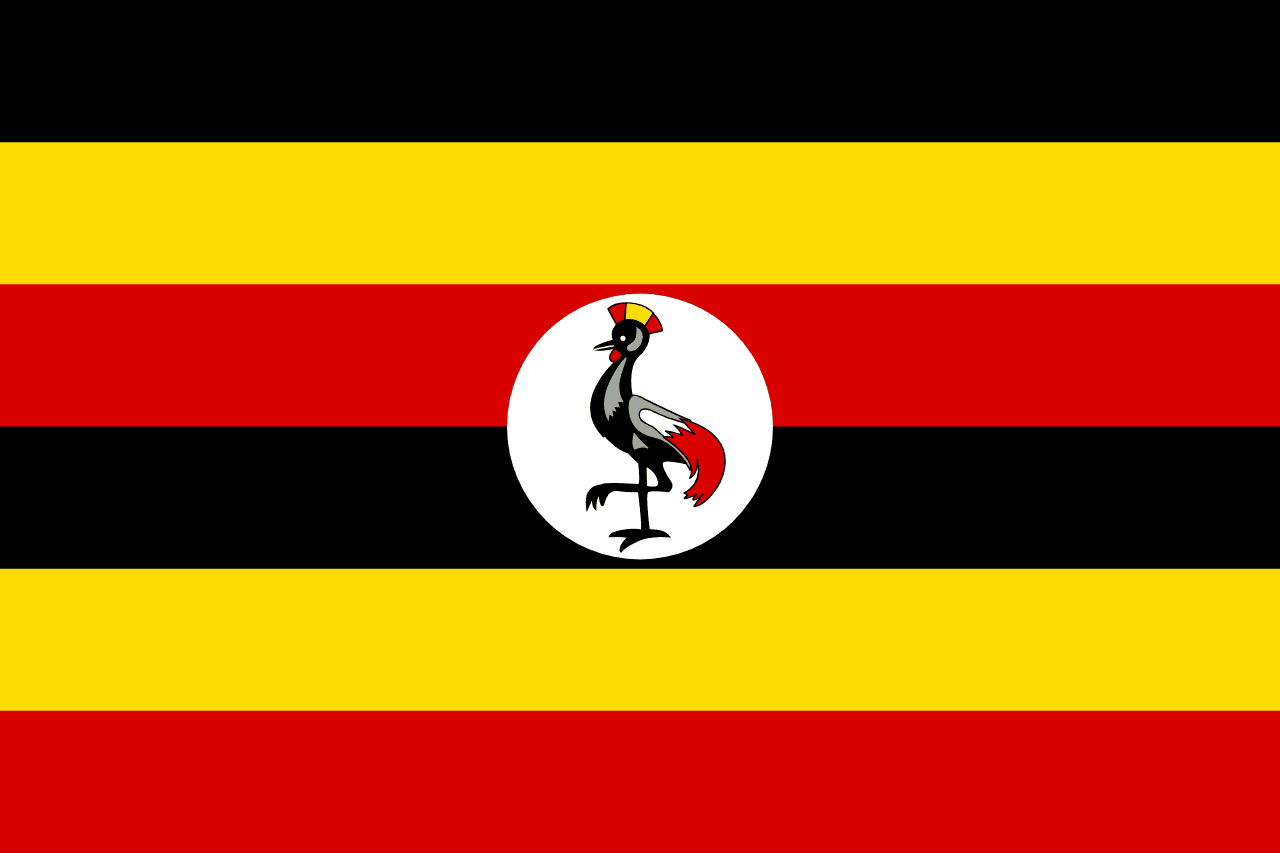The flag of the United Arab Emirates (UAE) consists of three horizontal stripes of green, white, and black, with a vertical red stripe on the hoist side. This distinctive design encapsulates the history, values, and aspirations of the UAE, serving as a powerful symbol of national identity and unity.
United Arab Emirates information
| National Flag Day | November 3 |
| Sovereign state | Yes |
| Official name | United Arab Emirates |
| Capital | Abu Dhabi |
| Population | 9,541,615 |
| Area | 83,600 km² |
| Currency | United Arab Emirates dirham (AED) |
| Language | Arabic |
| Continent | Asia |
| Region | Middle East |
| Subregion | Persian Gulf |
| Borders | Oman, Saudi Arabia |
| Timezone | Gulf Standard Time (GST) UTC+4 |
| Calling code | +971 |
| Top-level domain | .ae |
History of the UAE flag
 The UAE flag was officially adopted on December 2, 1971, coinciding with the formation of the United Arab Emirates as a federation of seven emirates. The flag's design was created by Abdullah Mohammed Al Maainah, then a young Emirati who won a nationwide design competition.
The UAE flag was officially adopted on December 2, 1971, coinciding with the formation of the United Arab Emirates as a federation of seven emirates. The flag's design was created by Abdullah Mohammed Al Maainah, then a young Emirati who won a nationwide design competition.
Prior to the federation, each emirate had its own flag, typically featuring red as the predominant color. The new national flag incorporated elements from these individual flags while introducing new colors to represent the unity and shared aspirations of the newly formed nation.
Symbolism and design of the UAE flag
The UAE flag's design is rich in symbolism, with each color carrying specific meanings:
- Green: Represents prosperity, fertility, and the green landscapes of the coastal regions. It symbolizes growth, progress, and the nation's commitment to sustainable development.
- White: Symbolizes neutrality, peace, and charitable works. It reflects the UAE's commitment to peace and its humanitarian efforts on the global stage.
- Black: Represents the oil wealth that has fueled the nation's rapid development. It also symbolizes strength and the defeat of enemies.
- Red: The vertical stripe on the hoist side represents courage, strength, and the sacrifices made by previous generations. It also symbolizes the unity between the seven emirates.
The arrangement of these colors creates a flag that is both visually striking and deeply meaningful, embodying the spirit and values of the UAE.
Usage and significance of the UAE flag
 The UAE flag is a ubiquitous symbol of national pride and unity. It is prominently displayed on government buildings, schools, and public spaces throughout the seven emirates. During national celebrations such as UAE National Day (December 2) and Flag Day (November 3), the country is adorned with countless flags, fostering a sense of patriotism and shared identity.
The UAE flag is a ubiquitous symbol of national pride and unity. It is prominently displayed on government buildings, schools, and public spaces throughout the seven emirates. During national celebrations such as UAE National Day (December 2) and Flag Day (November 3), the country is adorned with countless flags, fostering a sense of patriotism and shared identity.
The flag plays a crucial role in official ceremonies and is used to represent the UAE in international forums, diplomatic events, and sporting competitions. It serves as a visual ambassador for the nation, instantly recognizable and evoking the UAE's rapid development, cultural heritage, and ambitious vision for the future.
In recent years, the UAE has placed increased emphasis on respect for the national flag. In 2013, federal law was enacted to regulate the use, display, and protection of the flag, underscoring its importance as a national symbol.
Interesting facts about the UAE flag
- The UAE flag's design was crafted to reflect the values and aspirations of the nation's founding fathers and to symbolize the unity and strength of the seven Emirates.
- The flag is a distinctive emblem that has become synonymous with the UAE's rapid development, economic prosperity, and cultural diversity.
- In 2013, the UAE set a Guinness World Record for the largest flag ever draped, measuring 65,000 square meters, in celebration of the country's 42nd National Day.
- The UAE celebrates Flag Day on November 3 each year, commemorating the accession of Sheikh Khalifa bin Zayed Al Nahyan as President in 2004.
- The precise shades of the flag's colors are specified in the UAE government's official guidelines to ensure consistency in its representation.





